
| Recorded by: Mark Basinger on 2025-12-26
Rowan Co.
Comment: | 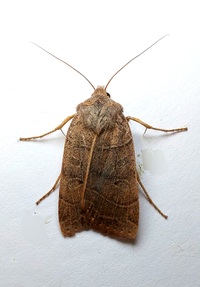
| Recorded by: Mark Basinger on 2025-12-25
Rowan Co.
Comment: |

| Recorded by: Mark Basinger on 2025-11-23
Rowan Co.
Comment: | 
| Recorded by: Dean Furbish, Lior S. Carlson, S. L. Reeves on 2025-11-21
Orange Co.
Comment: |
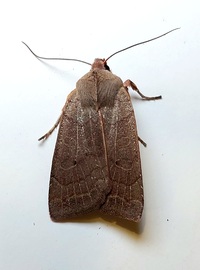
| Recorded by: Mark Basinger on 2025-11-15
Brunswick Co.
Comment: | 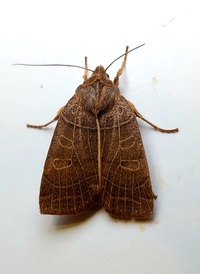
| Recorded by: Mark Basinger on 2025-11-07
Brunswick Co.
Comment: |

| Recorded by: Tony McBride, Jim Petranka and Becky Elkin on 2025-10-29
Craven Co.
Comment: | 
| Recorded by: Mark Basinger on 2023-12-27
Wilson Co.
Comment: |
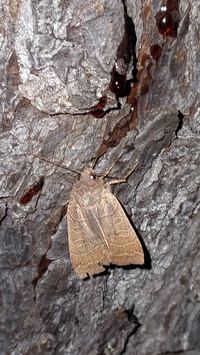
| Recorded by: Mark Basinger on 2023-12-24
Wilson Co.
Comment: | 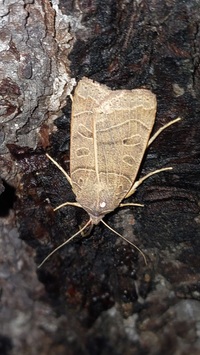
| Recorded by: Mark Basinger on 2023-12-10
Wilson Co.
Comment: |
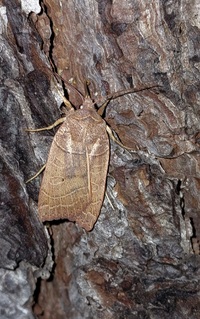
| Recorded by: Mark Basinger on 2023-12-09
Wilson Co.
Comment: | 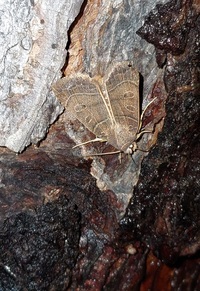
| Recorded by: Mark Basinger on 2023-12-03
Wilson Co.
Comment: |
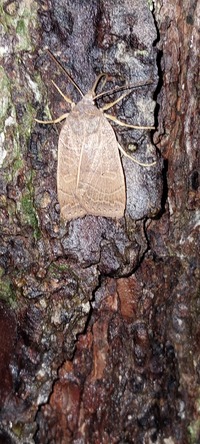
| Recorded by: Mark Basinger on 2023-12-02
Wilson Co.
Comment: | 
| Recorded by: Mark Basinger on 2023-12-01
Wilson Co.
Comment: |
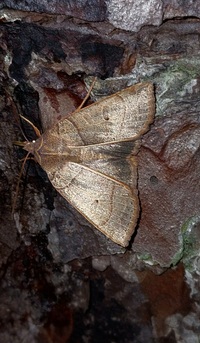
| Recorded by: Mark Basinger on 2023-11-24
Brunswick Co.
Comment: | 
| Recorded by: Mark Basinger on 2023-11-24
Brunswick Co.
Comment: |

| Recorded by: Mark Basinger on 2023-11-21
Brunswick Co.
Comment: | 
| Recorded by: Mark Basinger on 2023-11-18
Wilson Co.
Comment: |
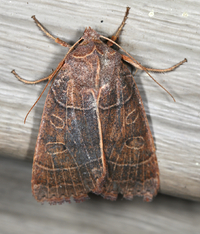
| Recorded by: Jim Petranka on 2023-11-17
Madison Co.
Comment: | 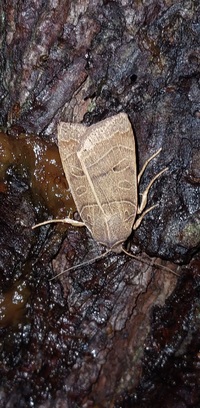
| Recorded by: Mark Basinger on 2023-11-17
Wilson Co.
Comment: |

| Recorded by: Mark Basinger on 2023-11-16
Wilson Co.
Comment: | 
| Recorded by: Mark Basinger on 2023-11-16
Wilson Co.
Comment: |
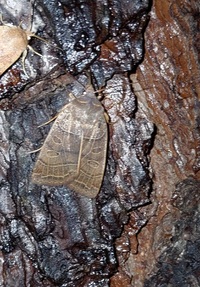
| Recorded by: Mark Basinger on 2023-11-10
Wilson Co.
Comment: | 
| Recorded by: Mark Basinger on 2023-11-04
Wilson Co.
Comment: |
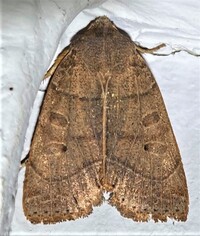
| Recorded by: Dean Furbish on 2021-12-25
Wake Co.
Comment: | 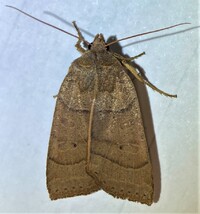
| Recorded by: Dean Furbish and Joy Wiggins on 2021-12-16
Wake Co.
Comment: |
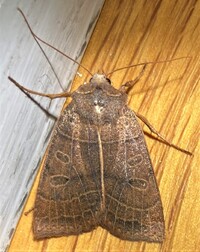
| Recorded by: Dean Furbish and Joy Wiggins on 2021-12-03
Wake Co.
Comment: | 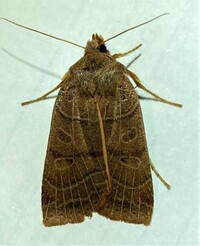
| Recorded by: Dean Furbish and Joy Wiggins on 2021-12-02
Wake Co.
Comment: |
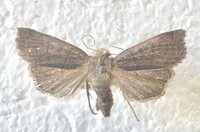
| Recorded by: Darryl Willis on 2021-10-27
Cabarrus Co.
Comment: | 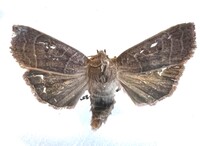
| Recorded by: Darryl Willis on 2021-10-22
Cabarrus Co.
Comment: |
|

 »
»































